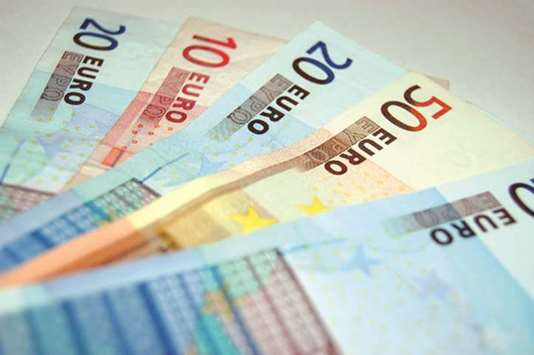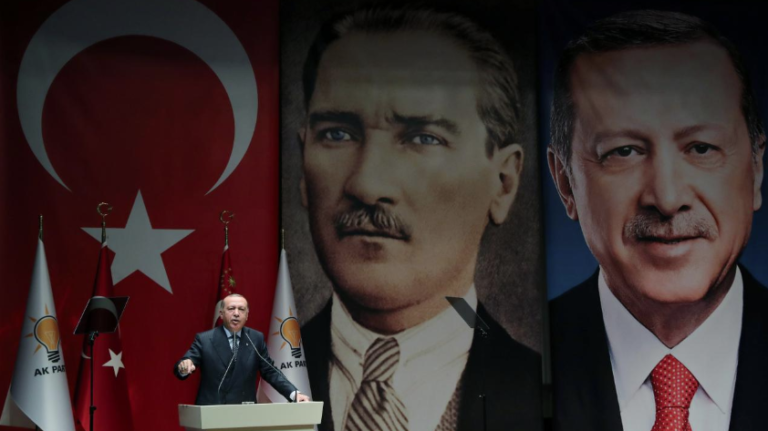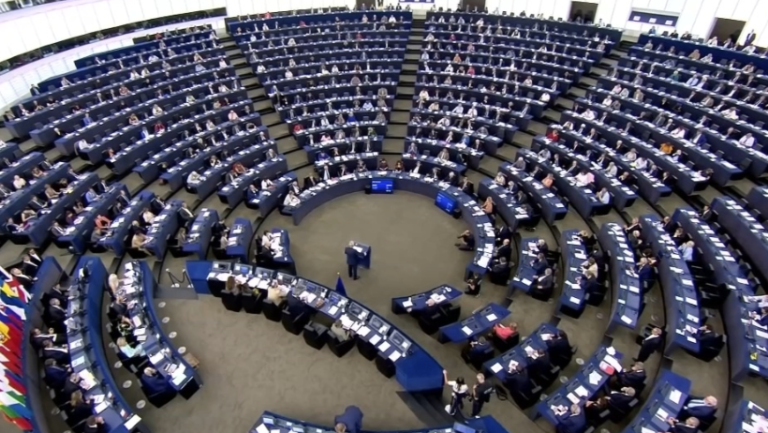Ministry observes World Ozone Day

Qatar, represented by the Ministry of Municipality and Environment, celebrated International Day for the Preservation of the Ozone Layer, which falls on September 16, and aims at urging global efforts to preserve the ozone layer and its vital role on planet Earth.
As part of this year’s celebration, which held under the slogan “Keep Cool and Carry On”, a United Nations Environment Programme (UNEP) delegation visited the ministry yesterday, as an expression of the great efforts and outstanding level achieved by Qatar in its obligations to implement the Montreal Protocol on Substances that Deplete the Ozone Layer, 31 years after the protocol was announced in Montreal.
On January 22, 1996, Qatar acceded to the 1985 Vienna Convention on the Preservation of the Ozone Layer, the 1987 Montreal Protocol on Substances that Deplete the Ozone Layer and the London and Copenhagen Amendments. On January 29, 2009, Qatar ratified the Montreal and Beijing amendments to the Montreal Protocol.
Dr Aisha Ahmed al-Baker, director, radiation and chemicals protection department at the Ministry of Municipality and Environment, the body responsible for following up the implementation of the UN multilateral conventions on the protection of the ozone layer, said Qatar made achievements in several axes in this regard, adding that the multilateral fund of the protocol has approved several projects of the Qatar.
Al-Baker reviewed the projects and achievements in the issuance of a number of legislations and laws to implement several agreements.
She pointed out that in the framework of Qatar’s commitment to protecting the ozone layer, it issued Law No (21) of 2007 on the control of substances that deplete the ozone layer was recently updated by Law No (19) of 2015 on the issuance of the common system on substances that deplete the ozone layer for the GCC
countries.
She added that the law aims to regulate the import, re-export, transfer, and storage of devices, equipment, and products that have been monitored and complete disposal of these substances and to be replaced with safe alternatives.
She added that the State party regularly reported to the Secretariat of the Convention and the Multilateral Fund Secretariat on the total and sectoral consumption of each substance.
“The ministry co-operated with State bodies concerned with monitoring imports and exports of hydro chlorofluorocarbons (HCFCs) ozone-depleting substances, as well as monitoring their illegal trade practices, tighten market controls, and hold training programs for various stakeholders.
With regards to plans, she said a national strategy has been put in place to deal with the mentioned hydro chlorofluorocarbons (HCFCs) which runs till 2030. “Qatar’s consumption to these materials includes two main sectors: industry of insulating materials (foam) and the refrigeration and air-conditioning services industry.”
Hussein al-Kibisi, manager, department of environmental observation said the ministry has implemented Article No 3 of Law No 19 of 2015, setting standards, registration and quota system for importing companies for these controlled substances.
Al-Kibisi said Qatar started preparing to implement the Kigali Amendment by requesting from the Multilateral Fund to finance a project for enabling activities to push the validation process into the Kigali Amendment, through a number of survey, legal and technical programs which reviews the implications of the state’s commitment to the amendment and its impact on different
sectors. (QNA)









